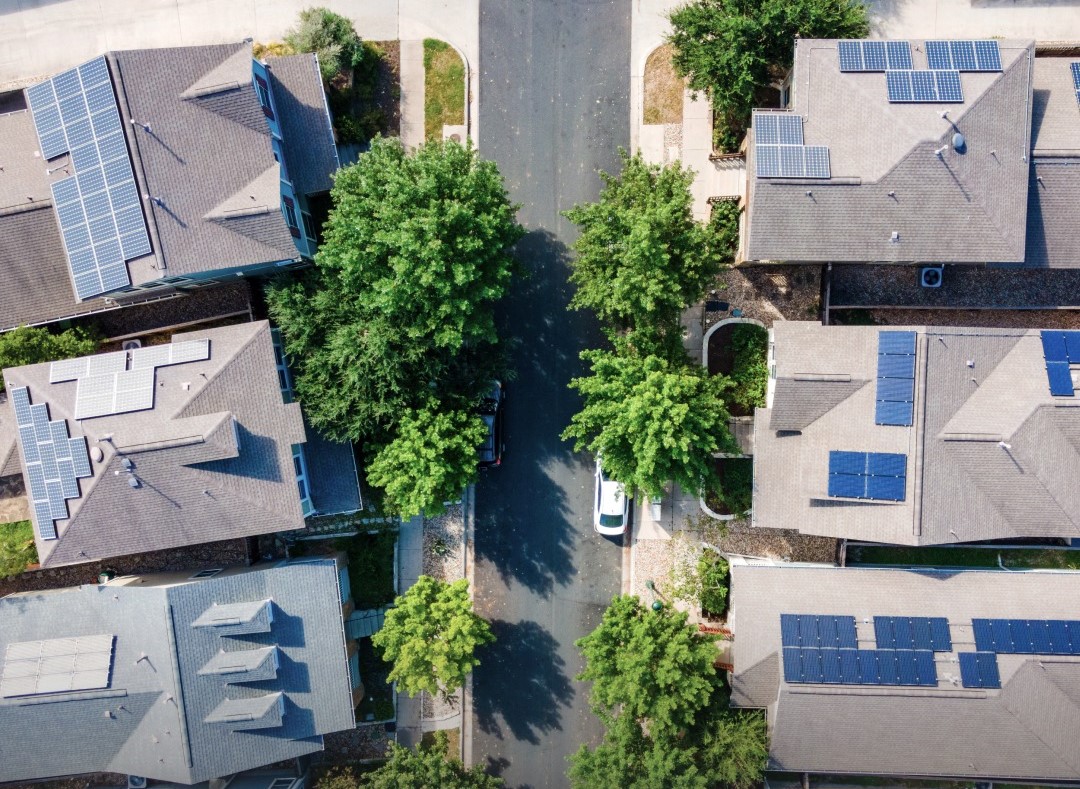Static zero export limits for rooftop solar systems will soon only be permitted in “exceptional circumstances,” the Australian Energy Regulator (AER) has said, handing down strict new rules. It is cracking down on the practice, outlining a series of conditions Distribution Network Service Providers (DNSPs) must meet before they can apply a static zero export limit.
Zero export limits – the practice of barring solar households from exporting any of their surplus solar energy into the grid – have long been criticised as a blunt, inequitable tool. Networks have used them in the past, however, under the claim that the high penetration of rooftop solar systems in some areas of Australia’s impacts their capacity to maintain local voltage stability.
While the practice of zero export limits was already becoming rarer, the AER’s new rules will ensure this.
Under the rules, networks will only be permitted to impose a static zero export limit if the solar system “will have a high probability of resulting in the distribution network service provider not meeting a regulatory obligation or to maintain the network within its technical limits,” the decision states.
Even if the network needs to increase its grid capacity to allow for a “reasonable export capacity,” the AER mandate this be explored. “If the cost to augment the network assets is only marginally higher than the benefits, the distribution network service provider must not impose a static zero export limit.”
Before imposing a static zero export limit, the network must:
- explain to the household the technical and economic reasons the limit is being imposed.
- inform the household that it could install a “dynamic response system” – like an inverter which has flexible export capacity – to avoid the export limit.
- explain how to access an independent technical review of the network’s reasoning.
- inform the household about alternative dispute resolution channels.
Inverters and devices which enable exports from rooftop solar systems to respond to network conditions are becoming increasingly available in Australia today. This is largely in response to the South Australian government’s new “Dynamic Export” program coming into effect in July. This will require all new rooftop systems be fitted with software to allow local provider, SA Power Networks, to dynamically control solar exports. Those instructions will be based on local network conditions, and are anticipated to significantly increase household’s solar exports overall.
Dynamic exports underpinned by technological advancements relegate static limits to the “unreasonable” basket, it seems.
The new export limit rules will be introduced across Australia in the following stages:
- 1 July 2024 in New South Wales, Northern Territory, Tasmania, and the Australian Capital Territory
- 1 July 2025 in Queensland and South Australia
- 1 July 2026 for Victoria
The AER’s final guideline can be found here.
This content is protected by copyright and may not be reused. If you want to cooperate with us and would like to reuse some of our content, please contact: editors@pv-magazine.com.









Hi,
I’m concerned how AusNet (a global company) can limit total solar on a property with an inverter export set to zero. Are they covering themselves against a failure to limit the export, or conceivably ensuring the purchase of grid energy?